Employers need to focus on workplace burnout: Here's why
Employers need to focus on workplace burnout: Here's why

What it is: “Workplace” burnout is an occupation-related syndrome resulting from chronic workplace stress that has not been successfully managed. Burnout can be measured and quantified using validated scientific tools. It involves ongoing emotional exhaustion, psychological distance or negativity, and feelings of inefficacy—all adding up to a state where the job-related stressors are not being effectively managed by the normal rest found in work breaks, weekends, and time off (World Health Organization, 2019).
What it isn’t: This isn’t “burnout” we use in casual conversation. True workplace burnout is specific to one’s job or occupation and is more concerning and detrimental than the daily irritations everyone experiences and most of us manage.
There are three dimensions to workplace burnout:
- Feelings of energy depletion or emotional exhaustion
- Increased mental distance from one’s work and negative or cynical feelings toward one’s work
- Reduced sense of efficacy at work
Mindy Shoss, PhD, professor of psychology at the University of Central Florida and associate editor of the Journal of Occupational Health Psychology, says, “There are many potential causes of burnout in today’s workplaces—excessive workloads, low levels of support, having little say or control over workplace matters, lack of recognition or rewards for one’s efforts, and interpersonally toxic and unfair work environments. Add to that the constant hum of uncertainty about a possible recession, and it’s no surprise that burnout is on the rise in many workplaces.”
Why workplace burnout matters
Decades of research shows an association between workplace burnout and a host of negative organizational, psychological, and even physical consequences, including:
Organizational
- Absenteeism
- Job dissatisfaction
- Presenteeism
Psychological
- Depression
- Insomnia
- Psychological distress
Physical
- Heart disease
- Headaches
- Musculoskeletal pain
(Salvagioni et al., 2017).
The facts and figures
According to leading scientific research, employees who experience true workplace burnout have a:
- 57% increased risk of workplace absence greater than two weeks due to illness (Borritz et al., 2010)
- 180% increased risk of developing depressive disorders (Ahola et al., 2005)
- 84% increased risk of Type 2 diabetes (Melamed et al., 2006)
- 40% increased risk of hypertension (von Känel et al., 2020)
Additionally, workplace burnout may impair short-term memory, attention, and other cognitive processes essential for daily work activities (Gavelin et al., 2022).
Dennis P. Stolle, JD, PhD, APA’s senior director of applied psychology, points out that burnout has consequences for organizational effectiveness, not just individuals. “When workers are suffering from burnout, their productivity drops, and they may become less innovative and more likely to make errors. If this spreads throughout an organization, it can have a serious negative impact on productivity, service quality, and the bottom-line.”
What you can do
Christina Maslach, PhD, one of the leading experts on workplace burnout, has emphasized that finding solutions to the problem of burnout requires considering the workplace, the worker, and the workplace/worker fit.
“We need to reframe the basic question from who is burning out to why they are burning out. It is not enough to simply focus on the worker who is having a problem—there must be a recognition of the surrounding job conditions that are the sources of the problem. That is why the job-person relationship is so important. Is there a good match between the worker and the workplace environment, which enables the worker to thrive and do well?” Maslach says.
Employers can
- Periodically measure whether workplace burnout is happening in their organization through thoughtful and systematic surveys.
- Keep track of workloads, regularly check in with workers on how they are doing, and encourage taking advantage of time off.
- Take a hard look at their organization’s practices to ensure that they are giving workers the control, flexibility, and resources needed to manage workload and job stress.
Employees can
- Prioritize self-care, including caring for both physical and emotional well-being.
- Set appropriate boundaries, including giving themselves permission to truly unplug from work for reasonable periods of time.
- Prioritize social relationships. Healthy relationships with coworkers, friends, and family can help buffer workplace stresses.
Employers and employees can
- Constantly strive for a healthy, supportive, and inclusive workplace that fosters a sense of trust and confidence that workers have each other’s backs.
- Regularly discuss whether workloads are reasonable and appropriate to ensure work is distributed in an equitable way and, if needed, restructure accordingly.
Sometimes the solution may be to redesign job responsibilities or move the employee to a different position in the same organization. Not only might this be good for the employee, but it may help the organization retain valuable talent. A win/win.








